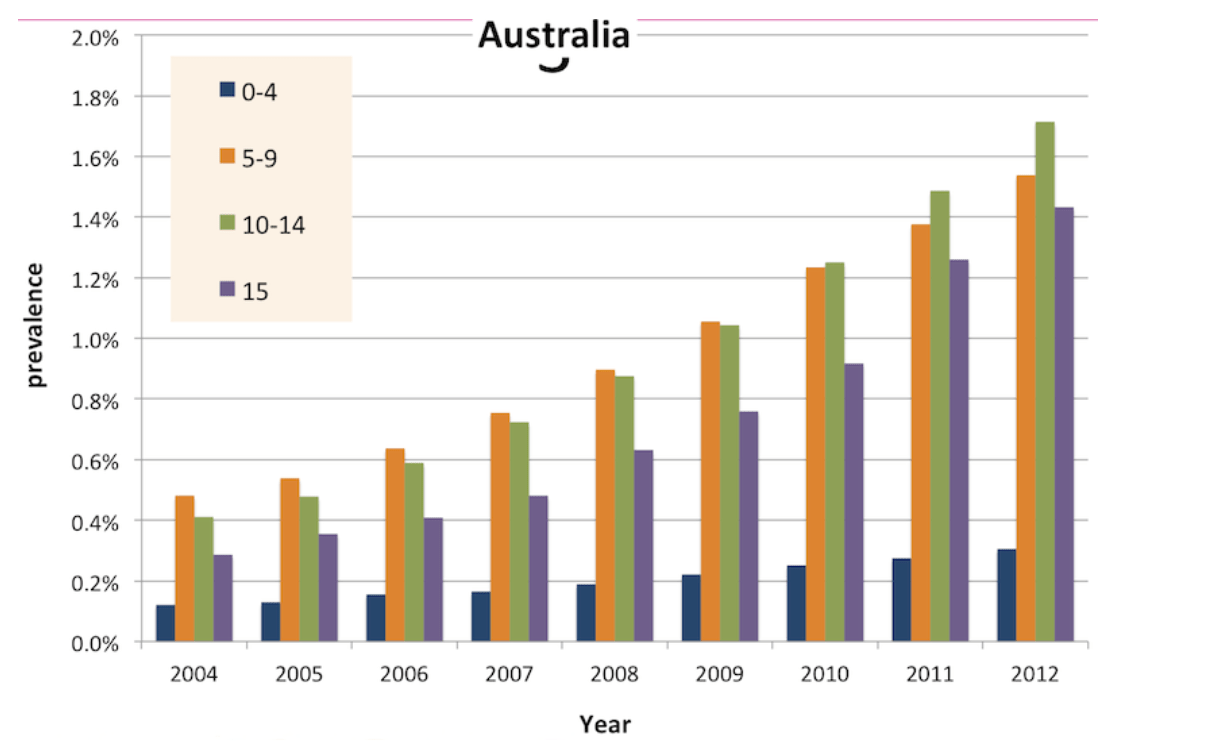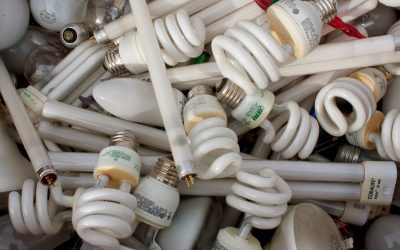
MERCURY is a dangerous bio-accumulating heavy metal toxin. The human body is damaged by even small amounts, and especially damaging to growing foetuses and small children.
To quote the United Nations report….
“Mercury is recognized as a substance producing significant adverse neurological and other health effects, with particular concerns expressed about its harmful effects on unborn children and infants. The global transport of mercury in the environment was a key reason for taking the decision that global action to address the problem of mercury pollution was required. (United Nations – Minamata Convention on Mercury, 2013.
How much Mercury is in a fluorescent light?
Compact Fluorescent Lamps (CFL’s) generally contain between 1 and 5 milligrams (mg) of mercury*
Fluorescent U-Tubes (Oyster light fittings)from 3 to 12 mg
Linear Fluorescent Tubes (Batten lights) from 10 to 15 mg*
Mercury Vapour Lamps (Floodlights )content varies considerably with wattage
from 25 mg in a 75 watt lamp to 200 mg in a 1500 watt lamp
Metal Halide Lamps (High Bay warehouse lights) from 20 mg (35 watt lamp) to 145 mg (1000 watt lamp)
High Pressure Sodium/ Ceramic Arc. (Street lights) from 10 to 100mg in a (20 to 1,000 watt lamp)
* As required by mandatory Australian Standards
Why is mercury a problem?
Mercury and most of its compounds are highly toxic to humans and the environment.
Large amounts can be fatal, and even relatively low doses can have serious health effects, affecting the nervous system in particular.
Mercury can change in the environment into a more complex and harmful compound called methylmercury. Methylmercury passes both the placental barrier and the blood-brain barrier and can inhibit children’s mental development even before birth. Methylmercury accumulates in fish and seafood, above all in large predatory fish, which may form part of people’s diet.

Heavy metals have been associated with the rise in Autism. SA Google search on “ “autism and heavy metals” produces a wealth of evidence that Mercury is a serious environmental toxin. Below is a graph that traces the rise in autism over the period 2004-2012 in Australia. The evidence is broad and respected – Mercury needs to be taken out of the environment.
More information about Mercury Toxicity
Bulb Eaters to go around Australia
We have been pleased with the extent of enquiry about the Bulb Easter 3L , from right across...
Bulb Eater 3L Info Pack
The Bulb Eater 3L Info Pack
Bulb Eater information pack for DOWNLOAD.Download
Australia’s poor governance on mercury lighting a bad look for property
The Australian Lighting Council estimates that only 10 per cent of all mercury-containing light...
Congenital Minamata disease
http://en.wikipedia.org/wiki/Minamata_disease Local doctors and medical officials had noticed for...
Mercury and waste management
The world first became widely aware of the dangers of mercury poisoning when the Minamata River...
Mercury and most of its compounds are highly toxic to humans and the environment. Large amounts can be fatal, and even relatively low doses can have serious health effects, affecting the nervous system in particular.
Contact us to help you deal with it in the most environmentally friendly way
The Bulb eater
Enquire now
Fluorescent Lamp Disposal Cost & Services










